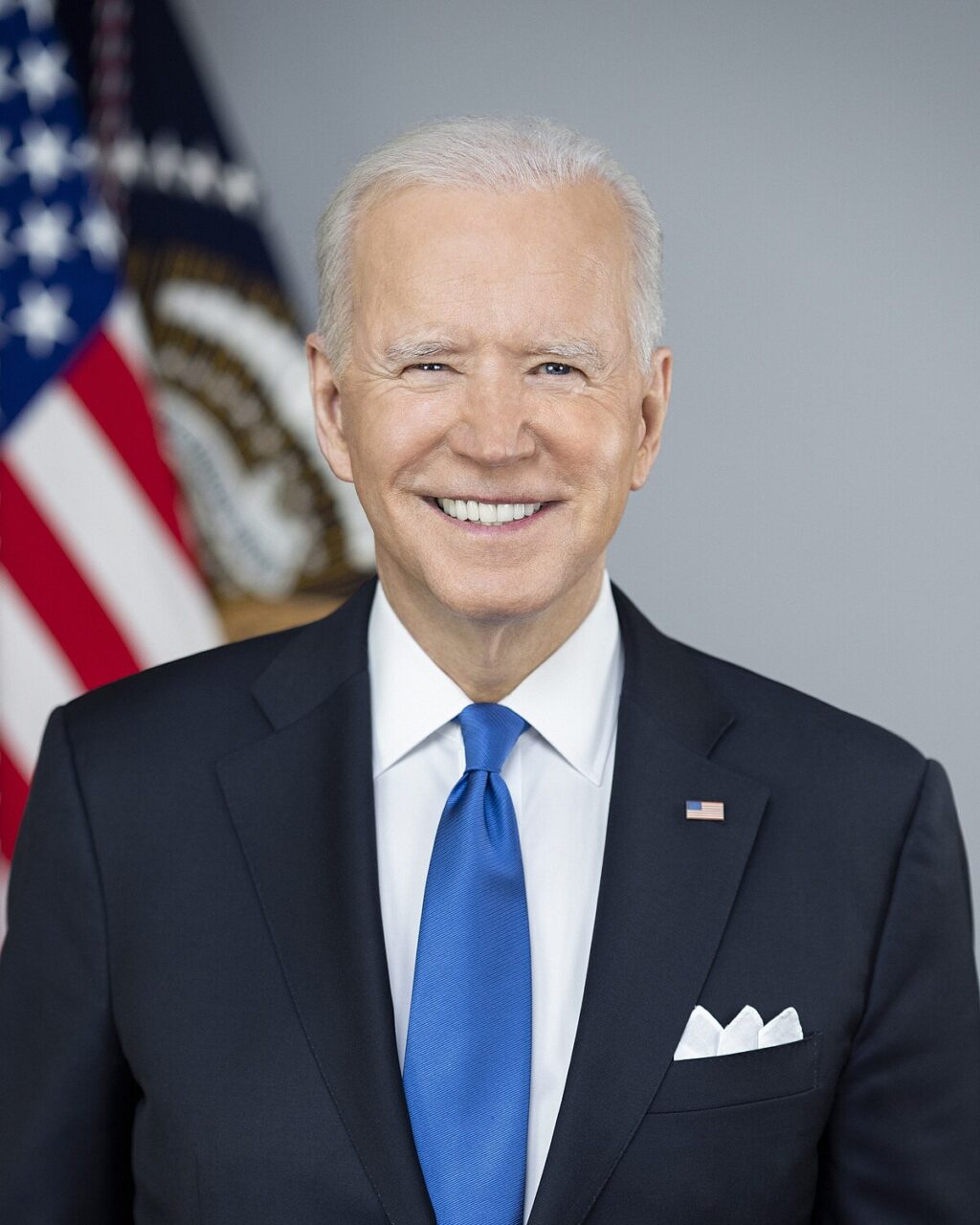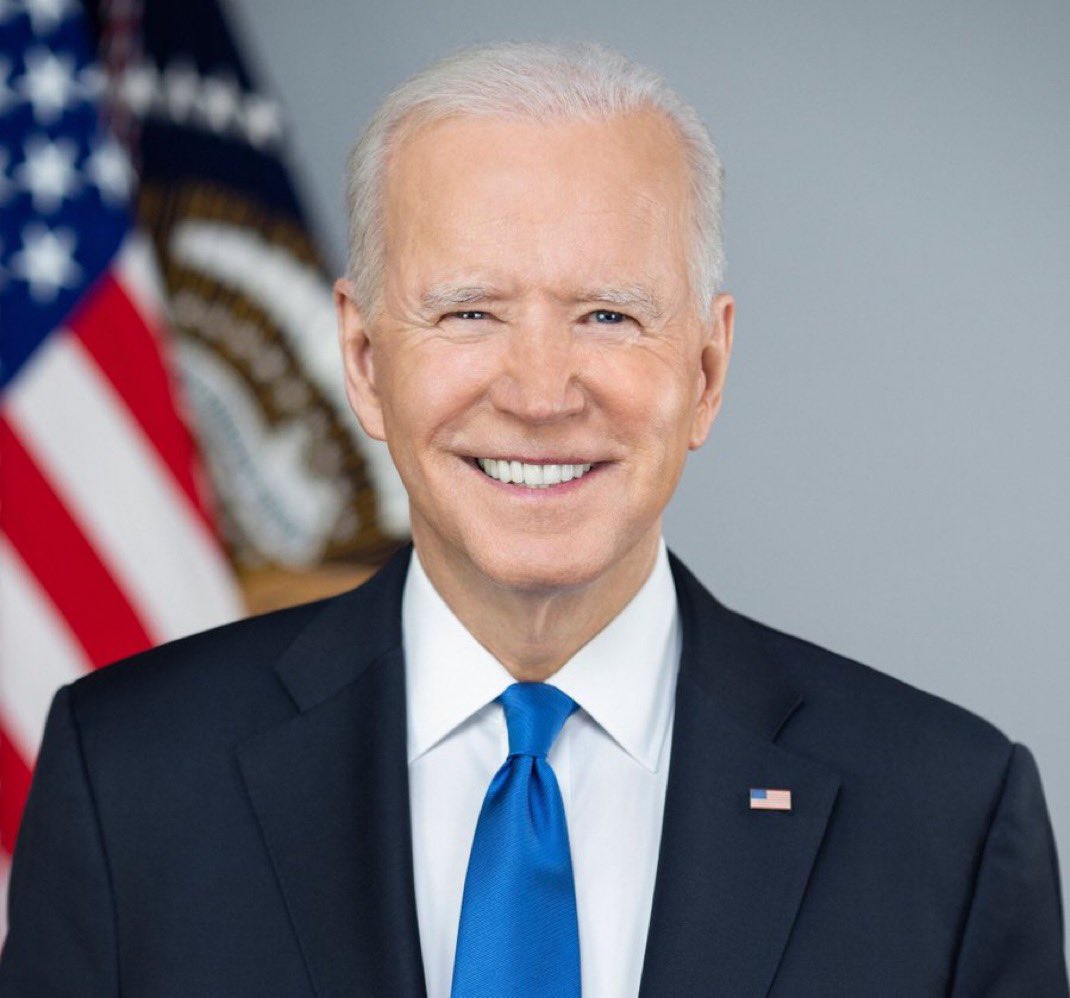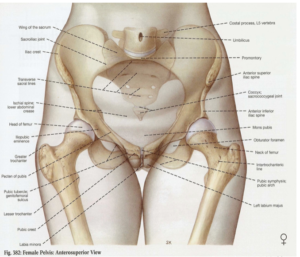
President Joe Biden poses for his official portrait Wednesday, March 3, 2021, in the Library of the White House. (Official White House Photo by Adam Schultz)
Former President Joe Biden’s recent diagnosis of advanced prostate cancer, which has metastasized to his bones, serves as a stark reminder of the importance of proactive health measures for men. This diagnosis highlights the critical need for regular screenings and health-conscious decisions, particularly as men age.
Understanding Prostate Cancer
Prostate cancer is the most common cancer among men, and its risk increases with age. While many cases are slow-growing and manageable, aggressive forms can spread rapidly, as seen in President Biden’s case.
According to the American Cancer Society, about 1 in 8 men will be diagnosed with prostate cancer during their lifetime. The average age at diagnosis is 66, with the disease rarely occurring in men younger than 40.
Risk Factors
Several factors can influence a man’s risk of developing prostate cancer:
- Age: Risk increases significantly after age 50
- Family history: Having a father or brother with prostate cancer more than doubles the risk
- Race: African American men have a higher risk and tend to develop more aggressive forms
- Geographic location: Prostate cancer is more common in North America, Europe, and Australia
Prevention and Early Detection
While there’s no guaranteed way to prevent prostate cancer, certain lifestyle choices can reduce risk:
Healthy Diet
Consuming a diet rich in fruits, vegetables, and whole grains while limiting red meat and high-fat dairy products can make a difference. Research suggests that the following foods may have protective properties:
- Tomatoes and tomato products (containing lycopene)
- Cruciferous vegetables (broccoli, cauliflower, cabbage)
- Green tea
- Foods high in omega-3 fatty acids
- Soy products
Studies indicate that men who eat a lot of red meat or high-fat dairy products appear to have a slightly higher chance of developing prostate cancer.
Regular Exercise
Engaging in physical activity helps maintain a healthy weight and may lower cancer risk. The Department of Health and Human Services recommends at least 150 minutes of moderate aerobic activity or 75 minutes of vigorous aerobic activity each week, plus strength training at least twice a week.
Routine Screenings
Regular check-ups and discussions with healthcare providers about prostate-specific antigen (PSA) tests can aid in early detection. Current guidelines recommend:
- For men aged 55-69: Consider PSA screening based on personal values and preferences
- For men with higher risk factors: Begin discussions about screening earlier, typically age 40-45
- For men over 70 or with less than a 10-15 year life expectancy: Routine screening is generally not recommended
Signs and Symptoms
Early prostate cancer often causes no symptoms. More advanced cases may cause:
- Trouble urinating
- Decreased force in the stream of urine
- Blood in the urine or semen
- Bone pain
- Unintended weight loss
- Erectile dysfunction
Treatment Options
Treatment depends on various factors, including the cancer’s aggressiveness, its spread, overall health, and personal preferences. Options include:
- Active surveillance: Closely monitoring slow-growing cancers
- Surgery: Removing the prostate gland (radical prostatectomy)
- Radiation therapy: Using high-powered energy to kill cancer cells
- Hormone therapy: Stopping the body from producing testosterone
- Chemotherapy: Using chemicals to kill cancer cells
- Immunotherapy: Helping the immune system fight cancer
- Targeted drug therapy: Focusing on specific abnormalities in cancer cells
The Impact of Public Health Awareness
When public figures like President Biden share their health challenges, it creates valuable opportunities for public education. Following his diagnosis:
- Searches for prostate cancer information increased by 37%
- Medical appointments for prostate screenings saw a 22% uptick
- Men reported being 43% more likely to discuss prostate health with their doctors
Taking Action
President Biden’s diagnosis underscores the critical need for men to take charge of their health. By adopting healthier lifestyles and staying informed about screening options, men can significantly impact their well-being.
Steps Every Man Should Consider:
- Schedule annual physical examinations
- Discuss family health history with healthcare providers
- Learn about age-appropriate cancer screenings
- Adopt a healthy diet and exercise regimen
- Pay attention to changes in the body and report them promptly
- Create a support network for health accountability
Supporting Loved Ones with Prostate Cancer
For those with family members facing a prostate cancer diagnosis, support is crucial:
- Accompany them to medical appointments
- Help research treatment options
- Encourage open communication about fears and concerns
- Assist with daily activities during treatment when needed
- Connect them with support groups and resources
Conclusion
Former President Biden’s health challenge reminds us that cancer doesn’t discriminate based on status or position. His openness about his diagnosis provides an opportunity for increased awareness and potentially life-saving conversations.
For all men, regardless of age or background, the message is clear: Stay proactive, stay informed, and prioritize your health. Regular check-ups, honest discussions with healthcare providers, and lifestyle modifications can make all the difference in early detection and successful treatment outcomes.
Disclaimer: This article is for informational purposes only and does not constitute medical advice. Always consult with qualified healthcare professionals regarding any health concerns or conditions.







